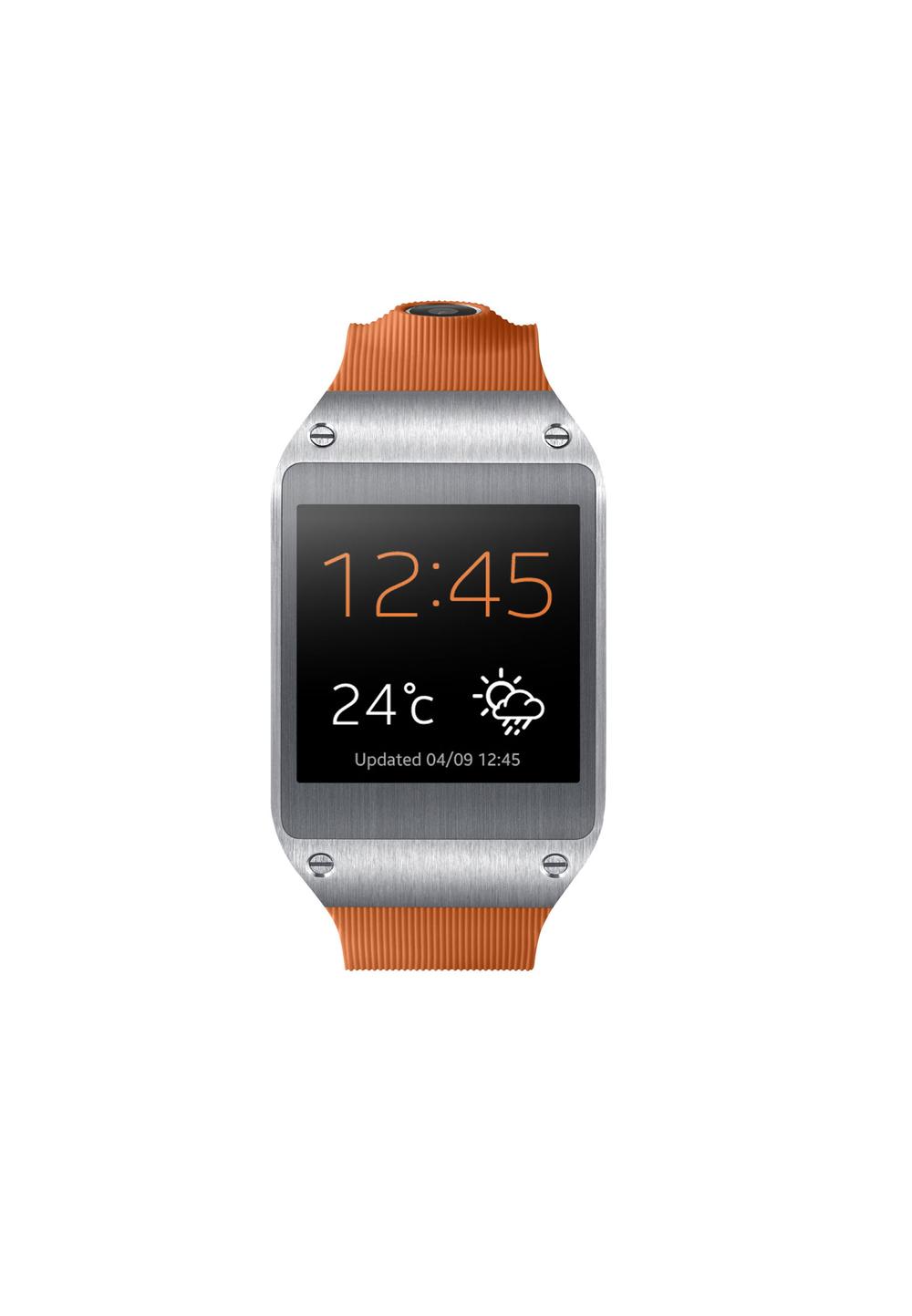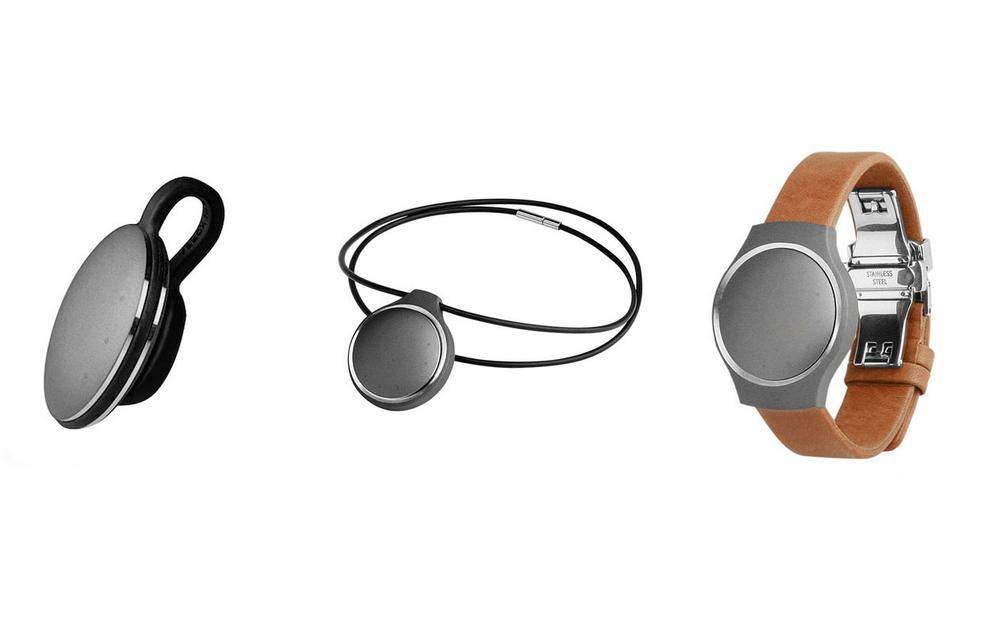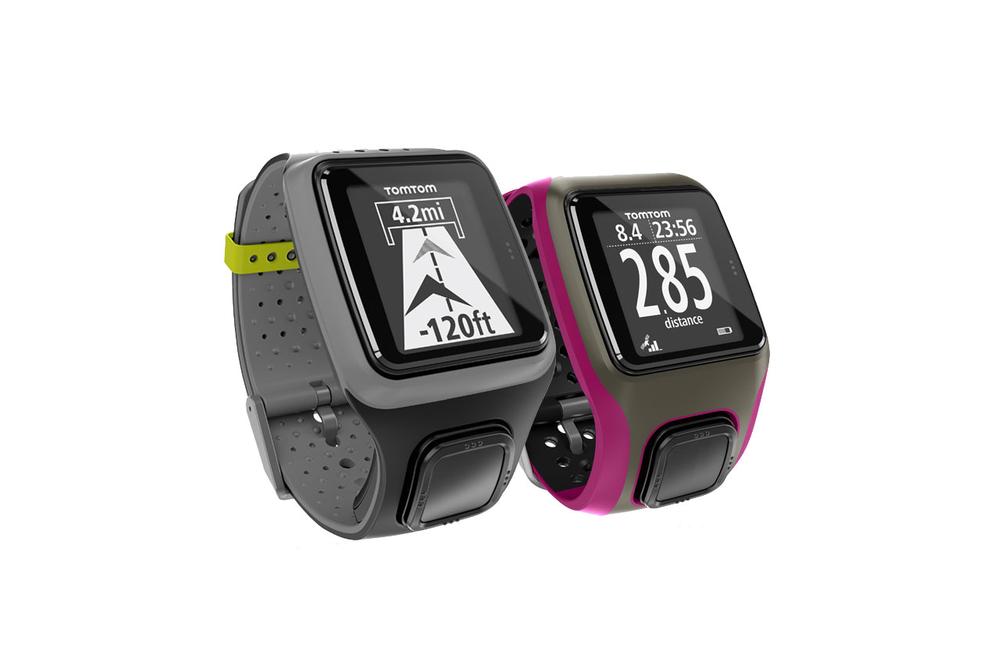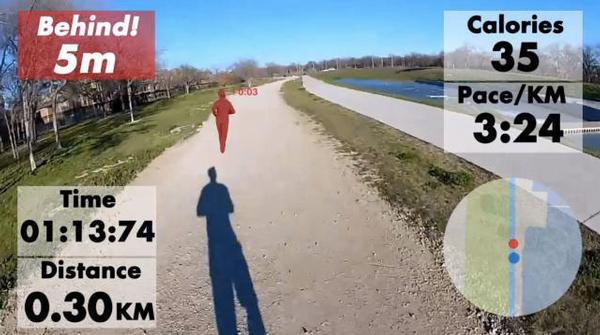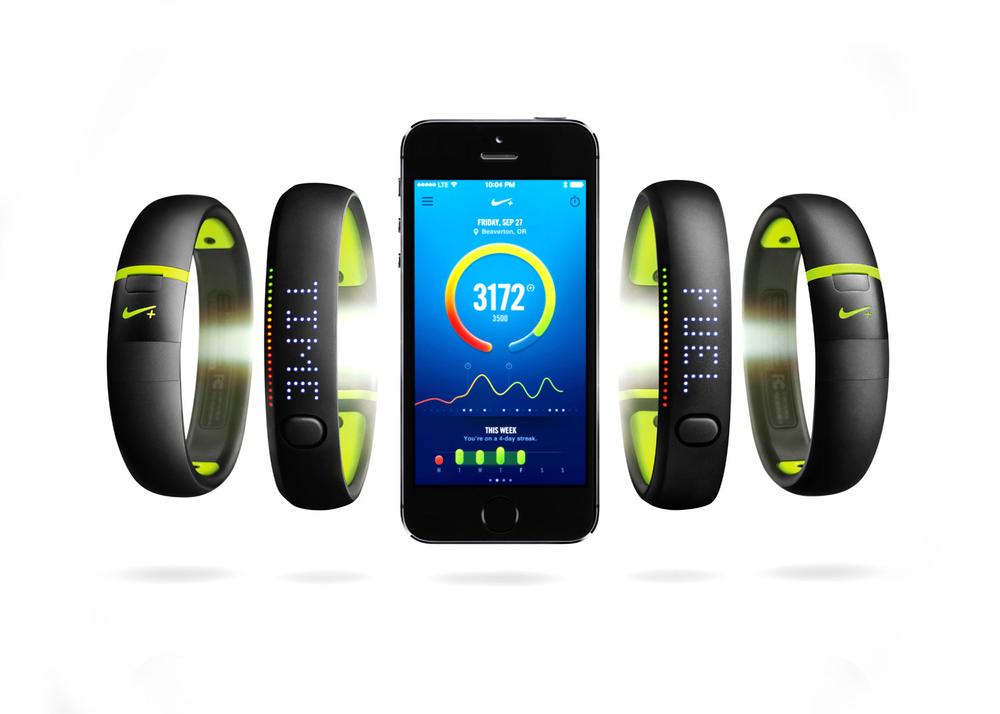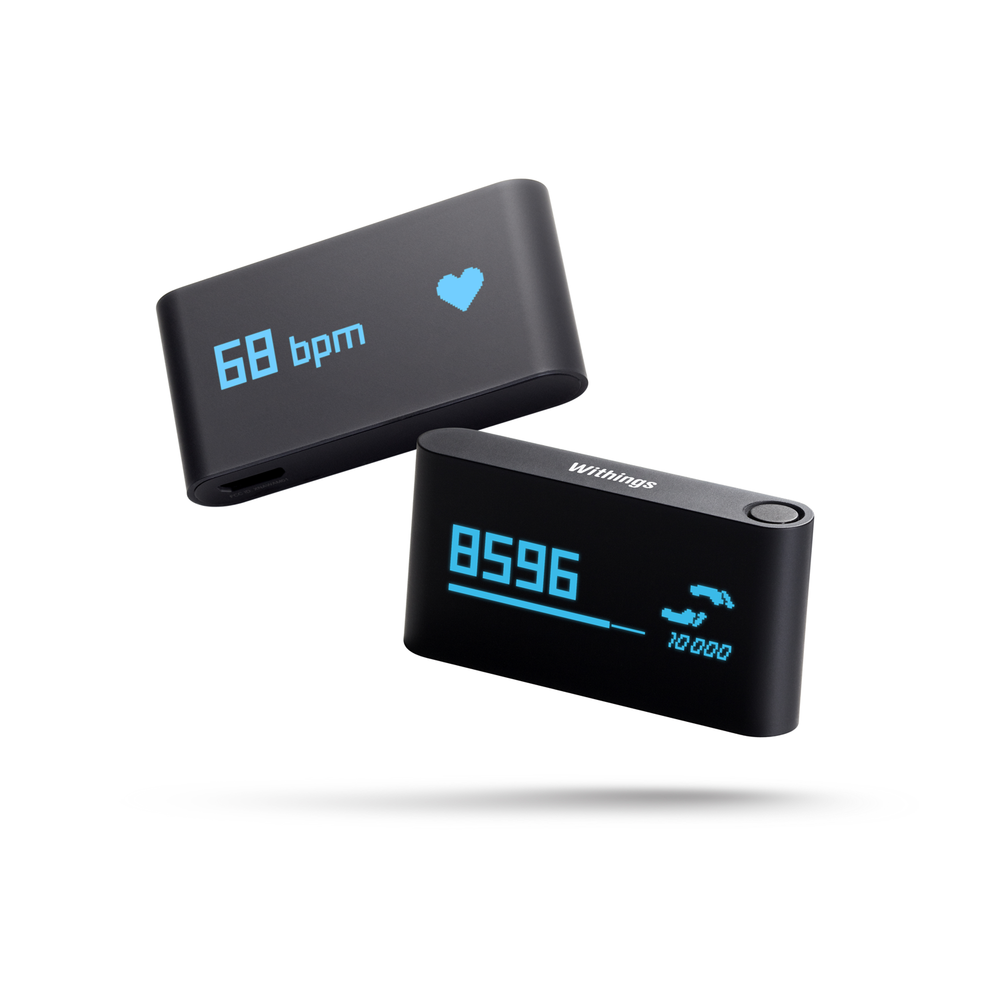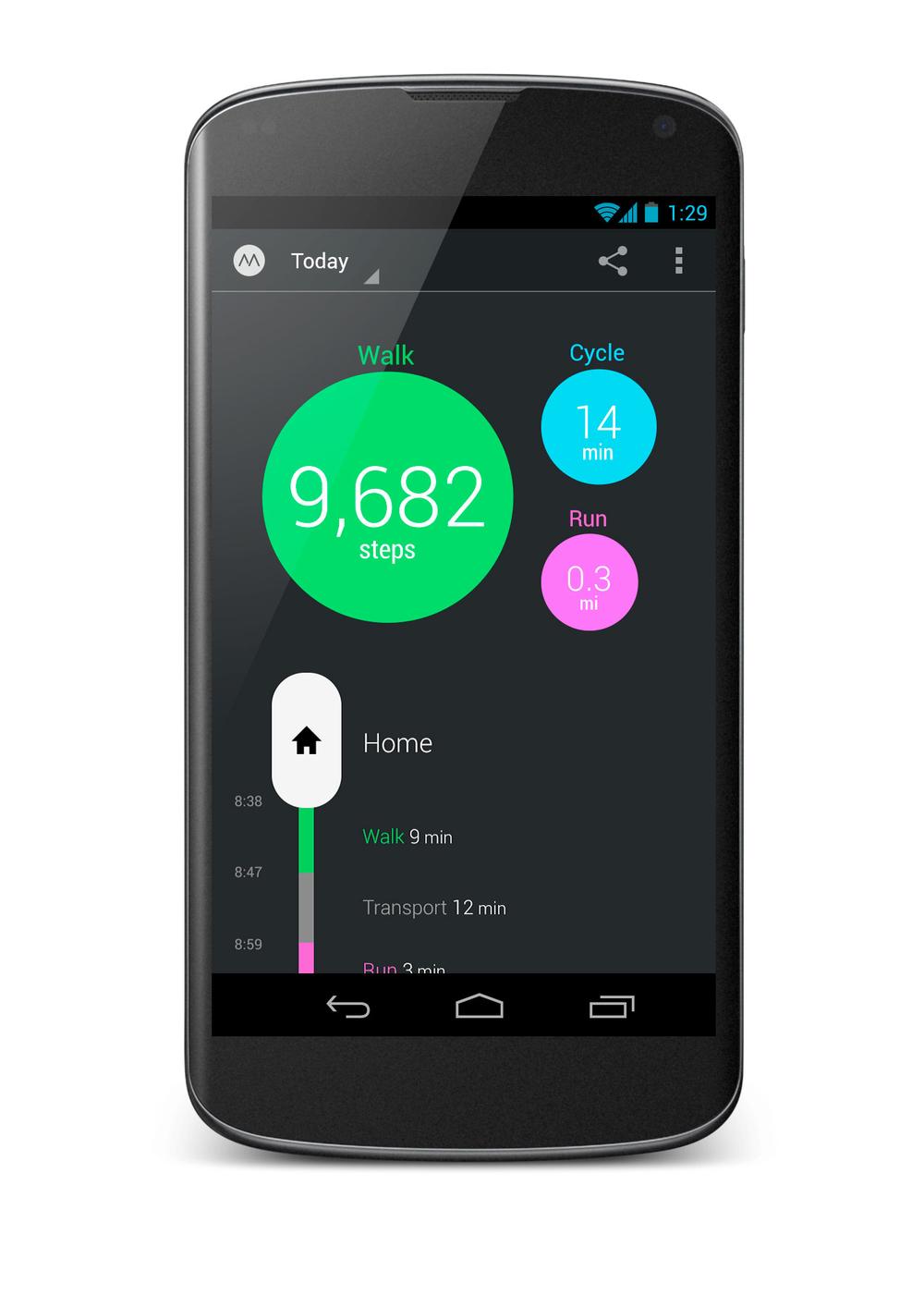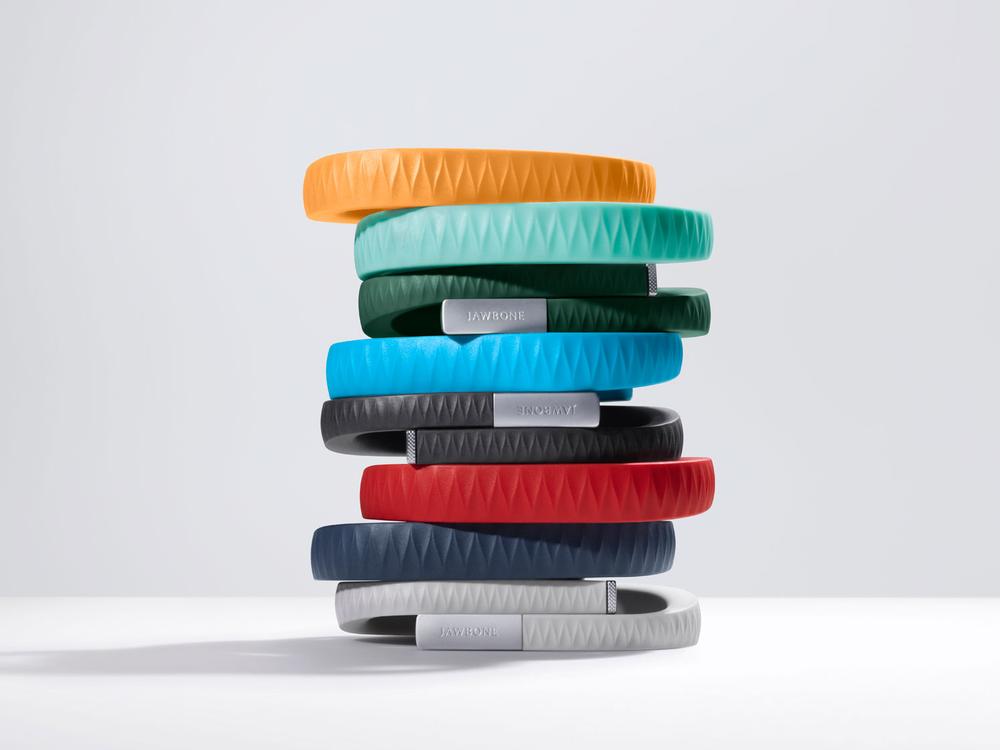The year 2014 is set to be an important period in the development of fitness technology. In the coming months, a plethora of new devices and applications will be released into the marketplace, building on the impact of technologies released over the previous year in terms of the fitness sector’s offering delivery, as well as consumers’ workout habits.
Such is the growing prominence of technology in fitness that, according to a 2013 report from Juniper, 170 million wireless fitness accessories will be shipped by 2018, with health apps and devices set to dominate the wireless sector.
Here, Health Club Management guides you through some of the progressive technologies and trends set to impact our approach to health and fitness.
Wearable devices
Most technological keynotes given at conferences in 2013 focused on the launch of new wearable technology, with Google Glass preparing to be shipped to hand-picked testers and Samsung’s Galaxy Gear already released for purchase.
Apple is also thought to be developing wearable kit for launch some time in the near future, while former Apple CEO John Sculley’s tech start-up Misfit has launched Shine – an anodised aluminium disc that can be worn in a number of ways to look like a fashion accessory. Data can be synced with an iPhone by placing Shine on top of the screen, with the user able to set goals – steps to walk or calories to burn – and see their progress throughout the day via a ring of lights which illuminate around the edge of the disc when tapped. Tapping the disc twice shows the time, so the user doesn’t also have to wear a watch.
Though the full influence of these new pieces of technology will take time to make themselves felt, releases from big brands such as Google, Samsung and Apple will help drive adoption levels and will, in turn, lead to greater awareness and increased knowledge among consumers.
Based on what looks to be in development – including the likes of Google Glass and Apple’s long-fabled smartwatch – the wearable technology of the future will become even easier to use, with consumers able to launch apps through their glasses or watches without having to make adjustments on a mobile device while training.
For example, judging by Google’s trial videos for the Glass, users will be able to use speech commands to select an app while wearing the device: the app will then open in the viewer’s visual field. One fitness app in development is GlassFit, which creates a virtual game for the user. The app displays a virtual opponent in the user’s field of vision, who they then race against to beat personal bests. GlassFit is being designed to cater for both runners and cyclists, using the power of competition as motivation. The app will also feature hundreds of fitness-related features, ranging from basic stretching routines through to full-scale fitness entertainment games.
Not only will the new devices make life easier for consumers, but they will also lead to even more fitness applications being developed, giving consumers an increasingly advanced and comprehensive choice of what to use when they work out. Indeed, health and fitness businesses will be able to develop their own applications or personalise and sponsor others, creating a more individual and brand-related fitness experience for those who use their services.
GPS watches
GPS watches are becoming increasingly popular as more models enter the marketplace, in turn driving down unit cost and making the devices available to a wider variety of people.
Most GPS watches allow users to track more specific data than standard tracking devices, with many harnessing pulse reading technology. High-end GPS watches also allow users to monitor altitude. This means users can manage and assess their regimes and look at ways of making them more effective at certain points in their workout. There’s also the added benefit of being able to track time-sensitive progress and tell the time as you run without having to fiddle with a mobile device.
Adidas’ new miCoach Smart Run monitors performance and gives coaching tips, integrating performance tracking and personal training into one device; colours and vibrations are used to tell the user to speed up, slow down or pause, with coaching also able to be delivered by voice via a Bluetooth headset.
TomTom currently offers Runner and Multi-Sport watches that use GPS and motion-sensor technology to allow users to track distance, swim metrics and cadences on bikes, with the collected data available for transfer to a computer for analysis. Other GPS watches include the MotoAct and Garmin Forerunner.
Tracking devices
For those able to invest in new devices, the likes of the Jawbone UP, Withings Pulse and the new Nike+ Fuelband SE give users the opportunity to collect data and link it to their mobile devices to view a digital interpretation of their fitness statistics. For example, Jawbone UP is worn on the wrist and continuously collects activity data, as well as monitoring things like sleep patterns, while the Withings Pulse tracks users’ pulse rates while they
train and at rest.
The owners of Jawbone also bought BodyMedia, a pioneer in wearable body monitoring technology, in April 2013, with a view to developing technology that’s wearable on other parts of the body.
The benefit of tracking devices over apps centres on the devices providing more specific data, while also being able to cope with more diverse conditions. For example, most apps cannot monitor heart rate or sleeping patterns. Many tracking devices are also sweat-resistant and waterproof – unlike many phones – meaning they can be used across a range of sports, and are usually more durable outdoors or in non-tech friendly conditions such as high altitudes, wet weather or underwater.
Tracking applications
As more people invest in smartphone technology, the number of applications capable of tracking people’s movements is also growing dramatically. According to a recent report by ABI Research, the health and fitness app market is set to be worth US$400m (£246.7m, €292.1m) by 2016. Consumers can look forward to more personal and advanced applications as the market becomes ever more competitive.
This will help ensure that activity tracking is available to those on every budget in the coming year: new adopters with disposable income might choose to invest in the latest devices, while those on a smaller budget will be able to download apps for their mobile phones.
As it stands, some of the most successful apps to date include Nike Training Group, Garmin Fit and Workout Trainer. These apps, of which Nike Training Group and Workout Trainer are free, provide users with a host of workout routines, calorie measurements and training targets all specific to individual requirements based on input data.
Meanwhile, new smartphone apps like Moves and Noom Walk constantly keep a record of users’ steps through tracking technology, without them having to carry any extra hardware. The apps don’t even have to be open – they just run in the background. Both free services also feature their own storyline-styled interface that keeps a record of activity throughout the day, as well as the number of calories burned, steps taken and distance travelled. The apps have been designed to run 24/7 and optimise battery consumption, while also featuring social media integration for users to interact with other fitness enthusiasts.
Health and fitness apps to watch out for include Nike Training Group, Garmin Fit, Workout Trainer, Pocket Yoga, GymPact, Strava Cycling, MyFitnessPal and DailyBurn.
Online training subscriptions
The fitness technology boom has also spurred new business models in which entrepreneurs are seeking to offer real-time workout sessions and live classes online (see also p25).
For example, fitness start-up Wello offers customers the chance to get in shape in their own homes, with individual and group training sessions that are often cheaper than those purchased through a gym. Users can either sign up to single activities or else take out a subscription, allowing them to work out in live video-linked sessions with friends and instructors at a time of their choosing and from the comfort of their own home.








